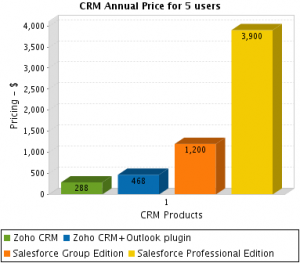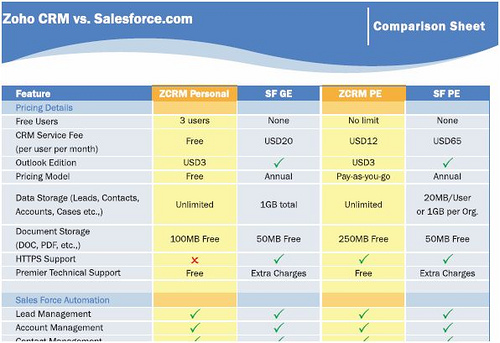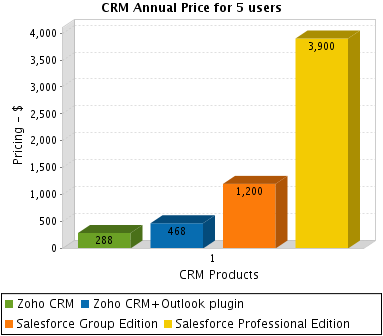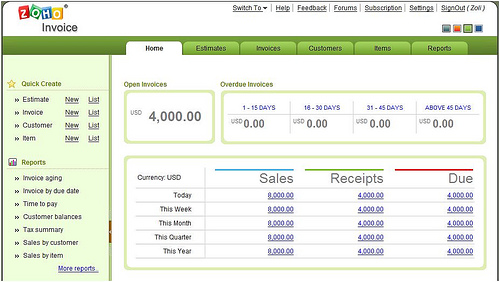 The 2008 Webware 100 winners have just been announced. Over half the votes went to the top 10 winners: Facebook,Firefox, Google, iTunes, MySpace, YouTube, DeviantArt, Friendster, Gaia Online and Maxthon.
The 2008 Webware 100 winners have just been announced. Over half the votes went to the top 10 winners: Facebook,Firefox, Google, iTunes, MySpace, YouTube, DeviantArt, Friendster, Gaia Online and Maxthon.
Here’s the full winner list, the top 100 web applications selected by 1.9 million voters.
Now, what about that “we don’t like work”? Well, out of all catogories Productivity attracted the least active voting, only 64,000 votes in total. Incidentally it’ sthe category I am typically interested in – a sure sign that I must have my head screwed on the wrong way.  This was also the category fatally skewed last year, at Webware 2007, when it was lumped together with Commerce, and of course got dominated by giants like Amazon, eBay and PayPal.
This was also the category fatally skewed last year, at Webware 2007, when it was lumped together with Commerce, and of course got dominated by giants like Amazon, eBay and PayPal.
This year I’m glad to see Productivity become a category on its own, and the winners are (click on the icons for detail):











 Outlook read backwards is Kooltuo. Wow, it would make a good startup name
Outlook read backwards is Kooltuo. Wow, it would make a good startup name . No, I did not go crazy, but TechCrunch reports that Microsoft just signed a letter of intent to
. No, I did not go crazy, but TechCrunch reports that Microsoft just signed a letter of intent to 





 .
. 



 I’ve
I’ve 
 After a long break I’ll be moderating another
After a long break I’ll be moderating another  Yes, the title isn’t a mistake: TechCrunch is no longer just powerful media, Mike now can single-handedly release new products.
Yes, the title isn’t a mistake: TechCrunch is no longer just powerful media, Mike now can single-handedly release new products.





Recent Comments